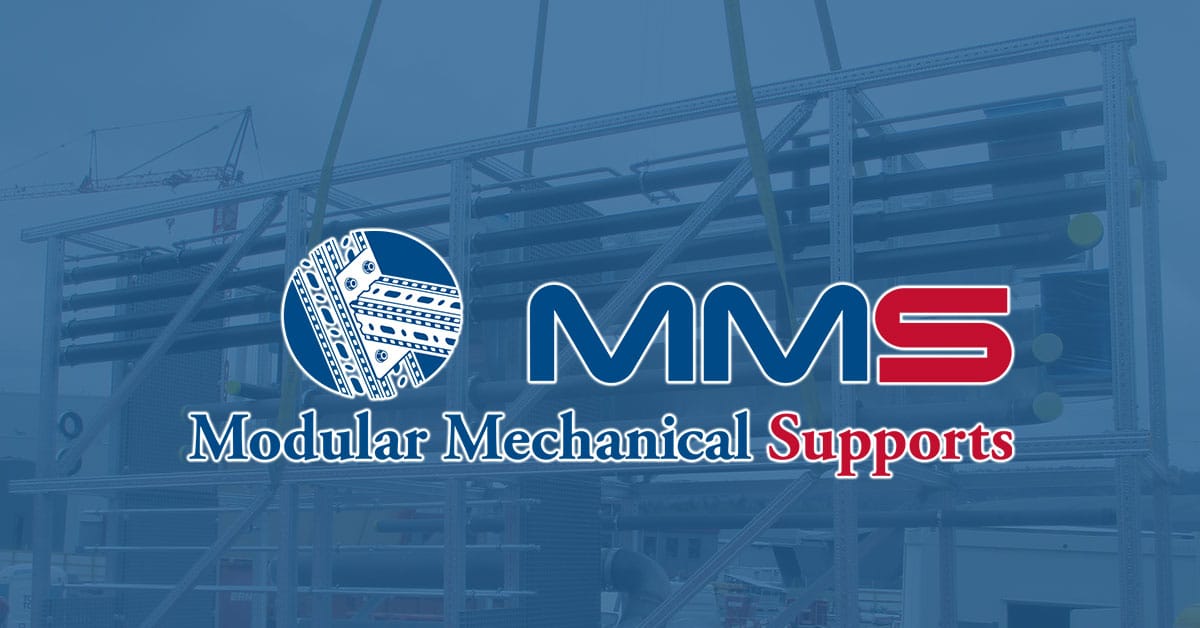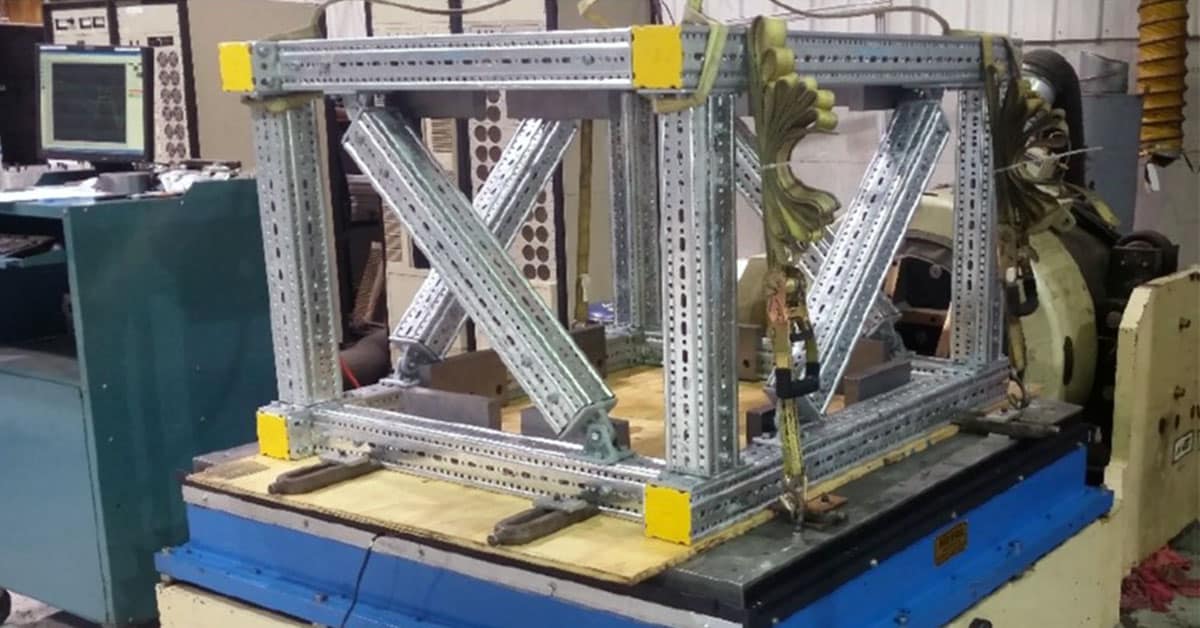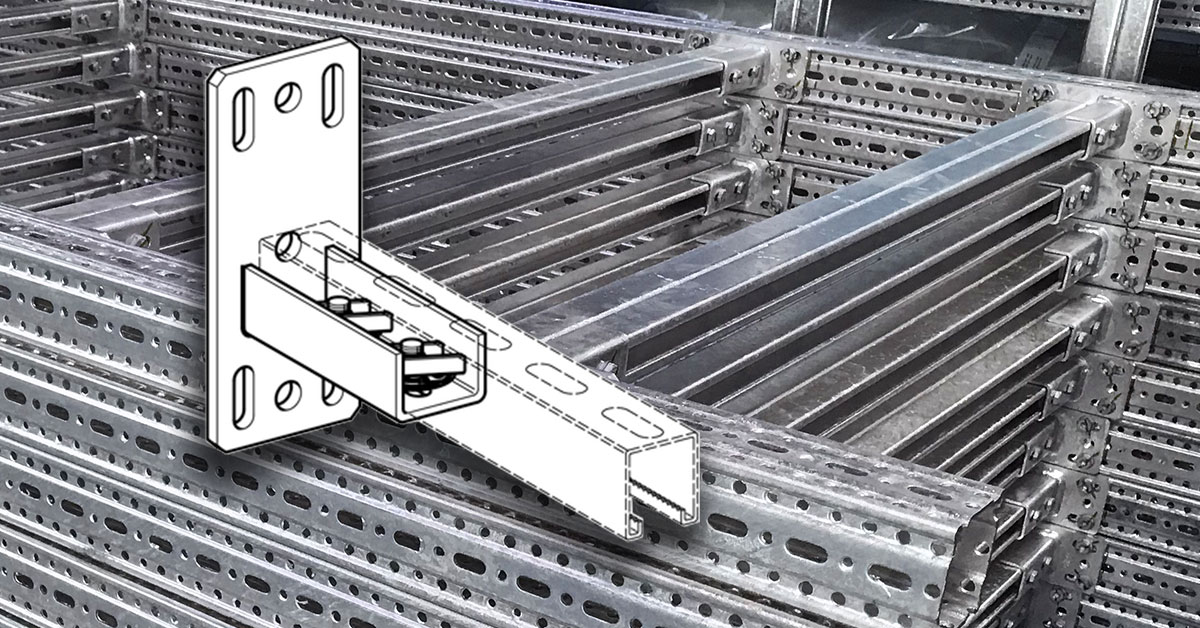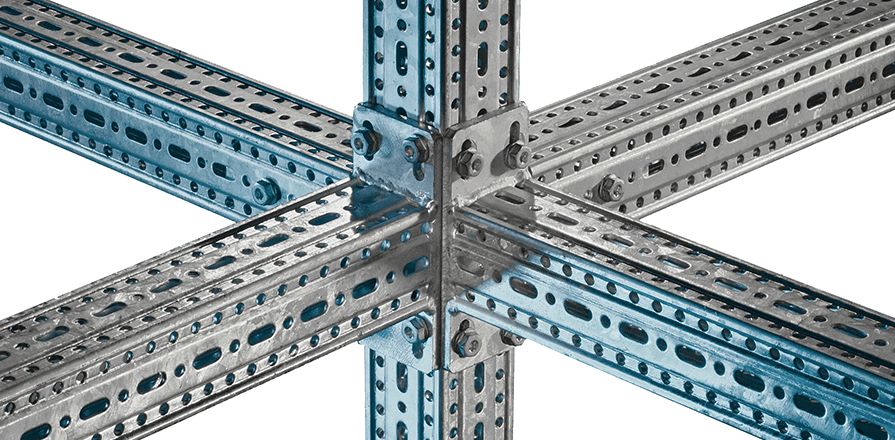Modular construction is a modern approach to building that involves assembling prefabricated components off-site and then transporting them for final installation. This method is particularly valuable in high-risk industrial environments, where minimizing on-site work is necessary for maintaining safety. Prefabricated systems like pipe racks and support frames are great examples, as they streamline installation, reduce exposure to hazardous conditions, and ensure consistent quality.
These solutions not only enhance worker safety by limiting time spent in potentially dangerous job sites but also improve project efficiency and reliability. This post will further explore how such systems contribute to safer and more effective industrial operations.
The Importance of Safety in Industrial Projects
Industrial environments are inherently risky, with tasks such as operating heavy machinery, working at heights, and handling hazardous materials posing significant dangers to workers. These high-risk activities require meticulous safety measures, yet accidents can still occur due to the complex and dynamic nature of these settings.
Safety on industrial construction projects protects workers’ lives, ensures efficient project execution, and helps companies meet legal and ethical obligations. A strong focus on safety also minimizes injuries, reduces downtime, and prevents costly delays or penalties caused by non-compliance with regulations. Beyond the practical benefits, prioritizing safety fosters a culture of care and responsibility, boosting worker morale and productivity. Ultimately, a safe workplace is foundational to the success and sustainability of industrial construction projects, safeguarding both the workforce and the project’s reputation.
Prefabricated Systems and Their Safety Benefits
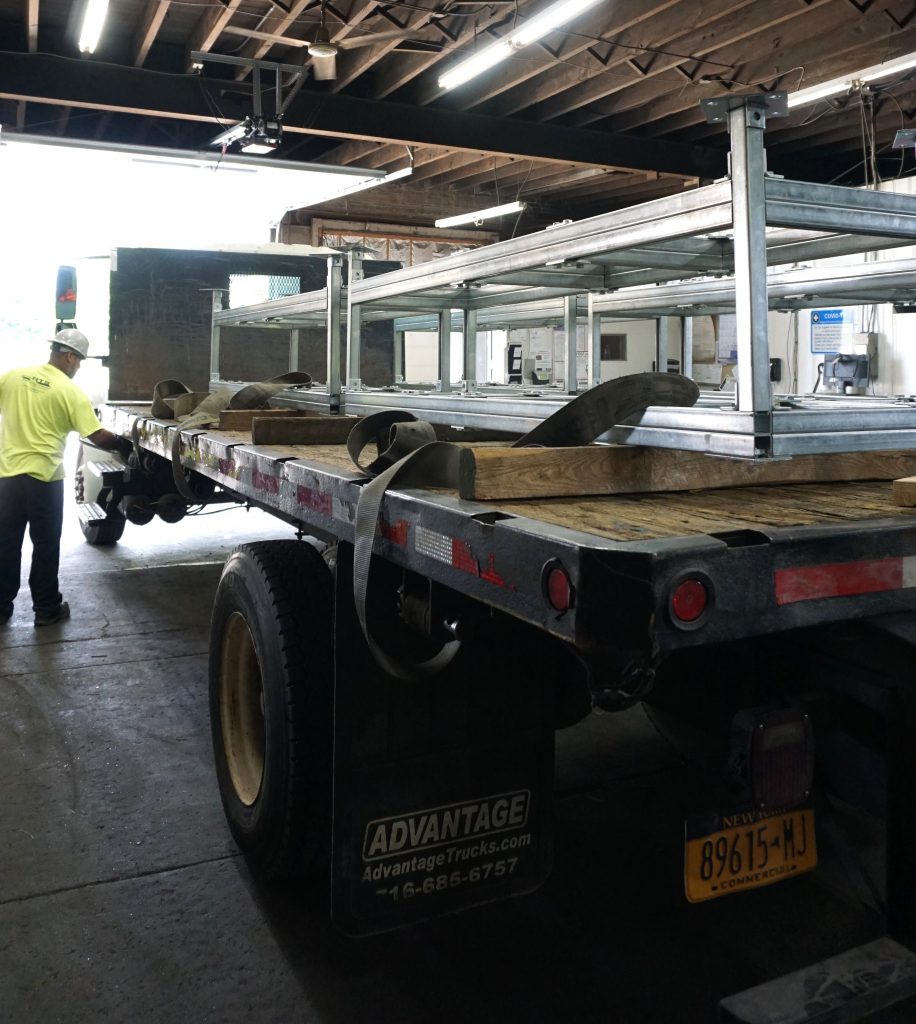
Modular prefabrication eliminates or severely cuts down on the need for certain types of high risk activities such as welding. It also takes the activities that would normally have been performed on a job site and moves them to factories or workshops.
Shifting the bulk of the assembly process to these controlled environments significantly mitigates on-site hazards. In these settings, tasks like welding, cutting, and heavy lifting are performed under strict safety protocols and with advanced equipment, reducing the risk of accidents.
By completing these high-risk activities off-site, the need for dangerous on-site tasks is minimized. This not only improves worker safety but also streamlines the construction process, as pre-assembled modules can be quickly and efficiently installed on-site, reducing overall project timelines and exposure to hazardous conditions.
What Are the Common Hazards in Industrial Construction?
Workers in the field of traditional on-site construction face a wide range of hazards that can compromise their safety and well-being. According to OSHA, falls are among the most common construction hazards, often resulting from working at heights on scaffolds, ladders, or rooftops without proper fall protection.
Equipment malfunctions, including failures in machinery like cranes, forklifts, or power tools, can lead to severe injuries if safety protocols are not followed. Knowing these common job site hazards is the first step in coming up with a better game plan to lessen or eliminate them completely, which is exactly what modular construction aims to do.
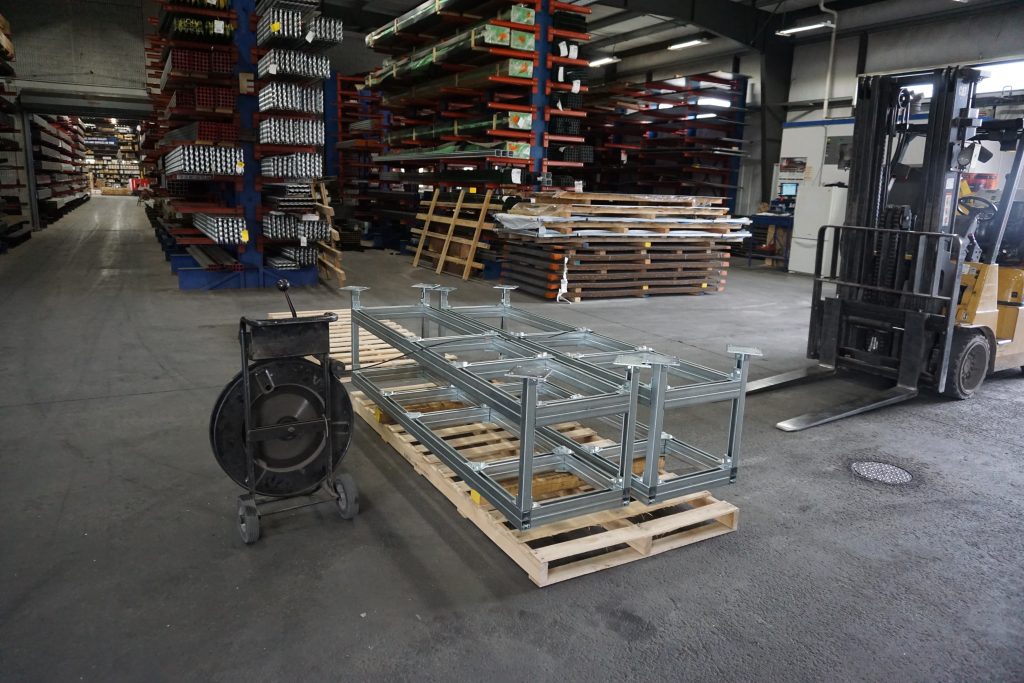
How Can Modular Construction Improve Worker Safety in Industrial Environments?
By shifting venues, Modular construction reduces worker exposure to common on-site hazards presently found on many industrial construction projects, thereby enhancing worker safety.
Additionally performing labor at an off-site factory, rather than a job-site, mitigates exposure to weather-related risks and reduces the need for workers to operate in confined or hazardous spaces, such as trenches or elevated scaffolds. This streamlined approach not only decreases the potential for accidents but also fosters greater consistency in safety practices across projects. Learn more below.
Limit Exposure to Hazardous Conditions
Modular construction eliminates many dangerous on-site activities by prefabricating components in a factory, significantly reducing the need for workers to interact with hazardous conditions typically found in traditional construction. In the factory, processes are automated or carefully controlled, limiting the manual handling of toxic chemicals such as adhesives, paints, or sealants. Ventilation systems in these facilities are designed to manage and minimize chemical exposure, protecting workers from inhaling harmful fumes.
Additionally, high-risk equipment like cranes and heavy machinery, often essential for on-site assembly, is used sparingly in modular construction since most components arrive pre-assembled. This controlled environment also reduces the need for cutting, welding, or other potentially dangerous tasks typically performed at the construction site, where inconsistent conditions and lack of oversight can increase the risk of accidents. As a result, modular construction not only minimizes exposure to hazardous conditions but also streamlines operations, prioritizing worker safety.
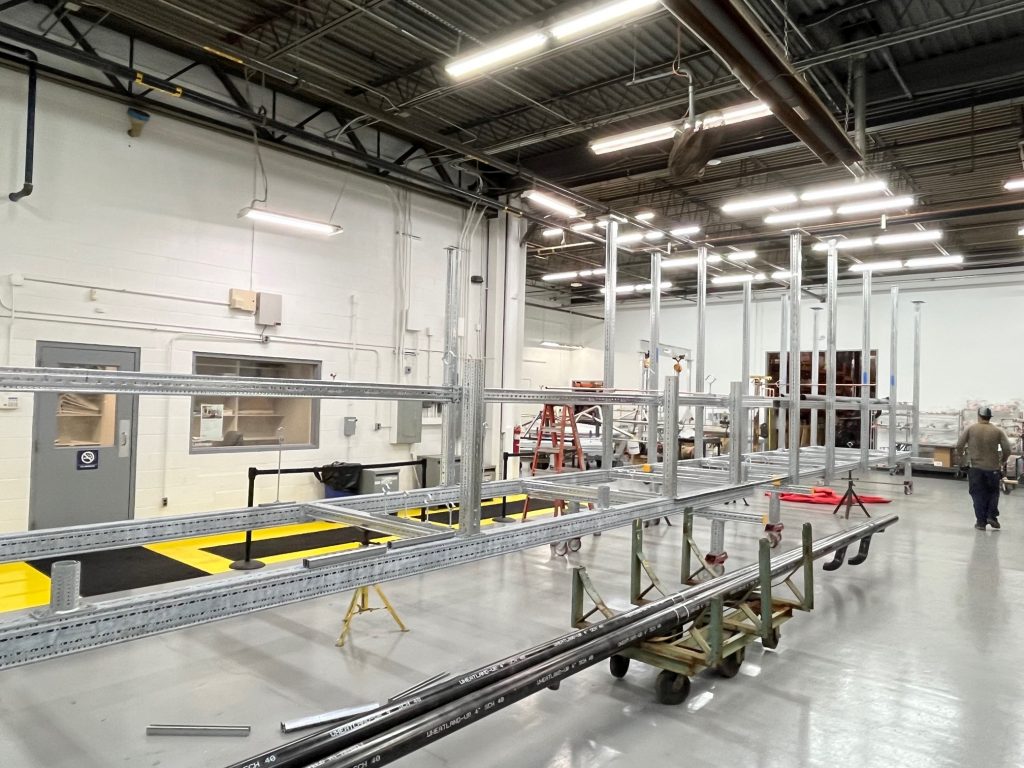
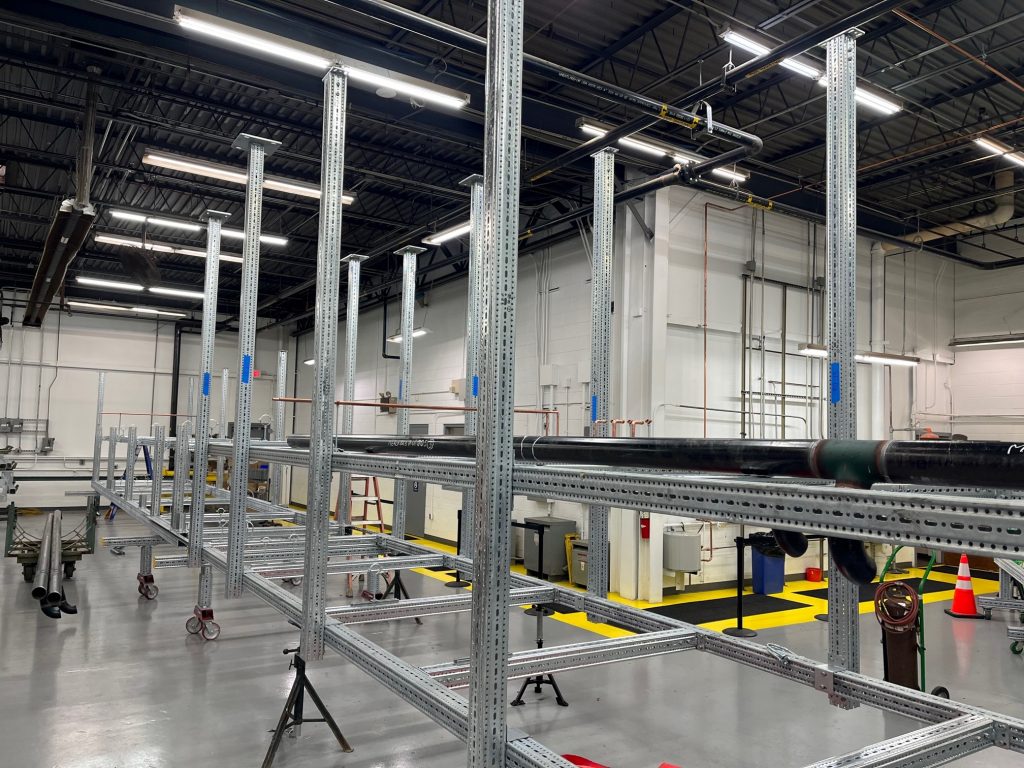
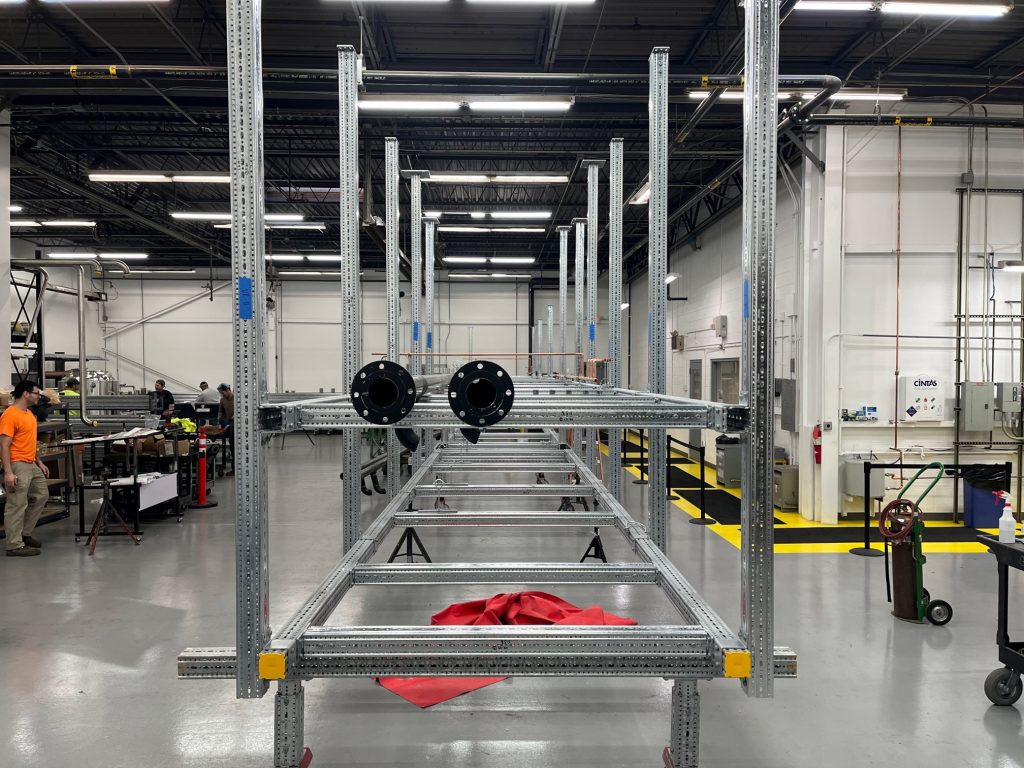
Enhance Safety Through Controlled Environments
The controlled nature of factory environments in modular construction greatly enhances safety standards by enabling the implementation of stricter protocols, advanced equipment, and continuous oversight. Unlike traditional construction sites, factories are designed to optimize workflows and safety, with clearly defined procedures and specialized tools that minimize human error. Workers operate in well-lit, climate-controlled conditions, free from the unpredictable variables of outdoor construction, such as inclement weather or unstable terrain.
High-quality machinery and tools are routinely maintained and inspected to prevent malfunctions, while supervisors and safety personnel are always present to enforce compliance with regulations and promptly address hazards. This heightened level of control and organization ensures that risks are identified and mitigated proactively, significantly lowering the likelihood of accidents and creating a safer working environment for all personnel.
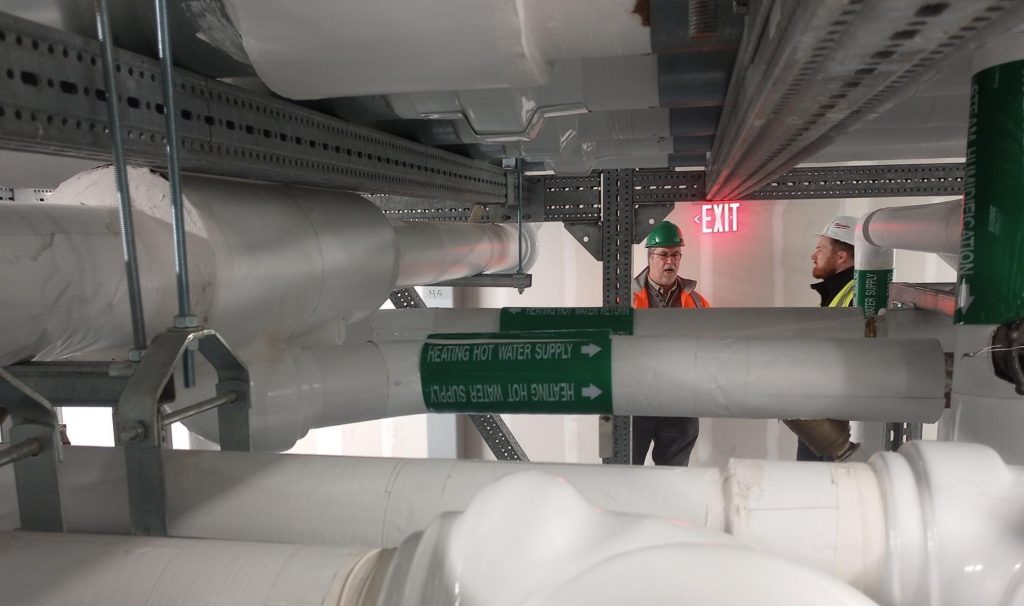
Project managers should consider modular construction as a forward-thinking solution to enhance safety and ensure compliance with regulations. By moving the majority of work to controlled factory settings, modular construction mitigates many of the risks associated with traditional on-site projects, such as falls, equipment malfunctions, and exposure to hazardous substances. These factory environments adhere to strict safety protocols and offer superior oversight, reducing the potential for accidents while ensuring compliance with industry standards and legal requirements.
Moreover, the streamlined processes and quality control inherent in modular construction contribute to more predictable outcomes, fostering a safer and more efficient workflow. Embracing modular methods not only protects workers but also demonstrates a commitment to innovation and responsible project management, setting a higher standard for safety and professionalism in construction.




